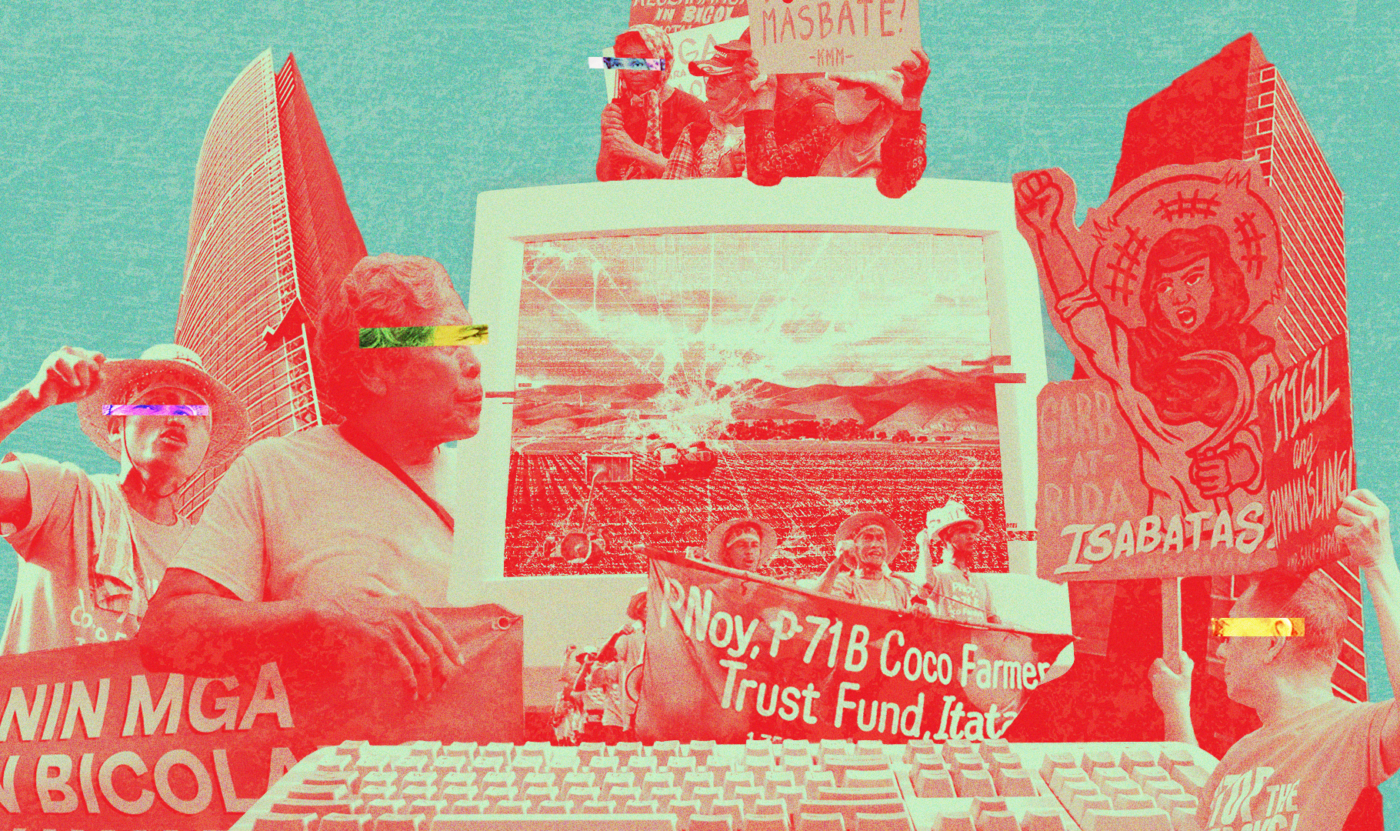THE COMPREHENSIVE Agrarian Reform Program (CARP), or Republic Act No. 6657, aimed to correct the unequal distribution of agricultural land in the Philippines. Upon its passage in 1988, CARP allowed the reallocation of land to landless farmers, striving to promote social justice and boost rural development.
Conceptually, the program should have already advanced not only the economic welfare of landless Filipino farmers but also improved the state of the Philippine agriculture industry. However, the beneficiaries incurred financial struggles and ownership issues, raising questions about the program’s overall efficacy.
Colonial legacy
The problem of highly concentrated ownership of agricultural lands can be traced back to the colonization of the Philippines. The Spanish occupation institutionalized a land system that allocated more than 40% of the country’s total farm area to the friars and national elite. Even after the Americans came and introduced a new land system, issues of tenancy, landlordism, and oppression continued to plague the lives of the Filipino peasantry. In the following decades, numerous reformist organizations, labor unions, and even militant groups pushed for structural and radical social transformation in the agrarian sector.
Attempting to drastically change the system in favor of the farmers, CARP was signed into law by former president Corazon Aquino in June 1988. With the goal of promoting social justice vis-a-vis equitable redistribution of land ownership, the provisions within CARP detailed methods for improving farming efficiency, reducing poverty, and providing agricultural support to farmers through various services.
To some extent, CARP was an initial success as it was able to achieve a few of its objectives. Ateneo de Manila University Economics Professor Leonardo Lanzona Jr., PhD stated that due to population growth in the country, the government was able to distribute public lands to qualified beneficiaries, which allowed idle property to be utilized and productively cultivated.
“An important unintended accomplishment was the creation of agrarian reform communities, which allowed farmers to form cooperatives that can be used as the means for product distribution,” Lanzona added.
More than 30 years after its passage, 4.8 million hectares of land have been successfully distributed to around 2.8 million landless farmers. However, the current state of the agriculture industry and experiences of local farmers continue to reflect shortcomings within CARP.
Landed poor
In 2014, economist and National Scientist Raul Fabella, PhD wrote a paper that analyzed CARP’s provisions and argued that the program managed to do the complete opposite in terms of advancing the economic welfare of farmers.
For one, according to Fabella, the drastic decrease in agricultural productivity and increase in poverty incidence among the agrarian reform beneficiaries (ARBs) can be pinned on the program’s flaws in its design and implementation. Due to the land reallocation, private investors withdrew from the rural market, which caused the agriculture sector to lose much of its funding.
Another gap in the program is the government’s lack of financial support to sustain ARBs’ land ownership. Farmer beneficiaries who receive huge properties are often unable to sustain the farm’s consumption and obligations such as the acquisition value of the land. When farmers cannot pay their dues, they are forced to sell their property to cover the required fees, which ultimately leads to displacement.
To resolve these current dilemmas in the agricultural economy, experts suggest that the government must generally improve the implementation of CARP.
Overhaul overdue
To improve CARP, Fabella emphasized that the government must remove land ownership restrictions to ensure the productivity of the beneficiaries considering the high poverty incidence among the ARBs.
Lanzona also suggested that the administration must strengthen the support services of the program and allocate adequate resources to ensure that the chosen beneficiaries will not have difficulties in maintaining their property.
“Agrarian reform communities, if given proper support, can be developed into viable organizations that can help support both the political and economic needs of the farmers,” Lanzona pointed out.
Private entities are also crucial in empowering ARBs. According to Lanzona, the government alongside large corporations must develop new contracts to help ARBs invest in modern machinery and technologies. He suggested that doing so should result in the aggregation of small-scale farms into large agricultural ventures, ultimately achieving economies of scale that would help make the sector more prosperous.
CARP was implemented in hopes of helping farmers and alleviating poverty in the country. However, the program’s impacts show that it has been more of a liability than an advantage to beneficiaries, putting more weight on those already carrying the country’s agriculture industry on their backs.




